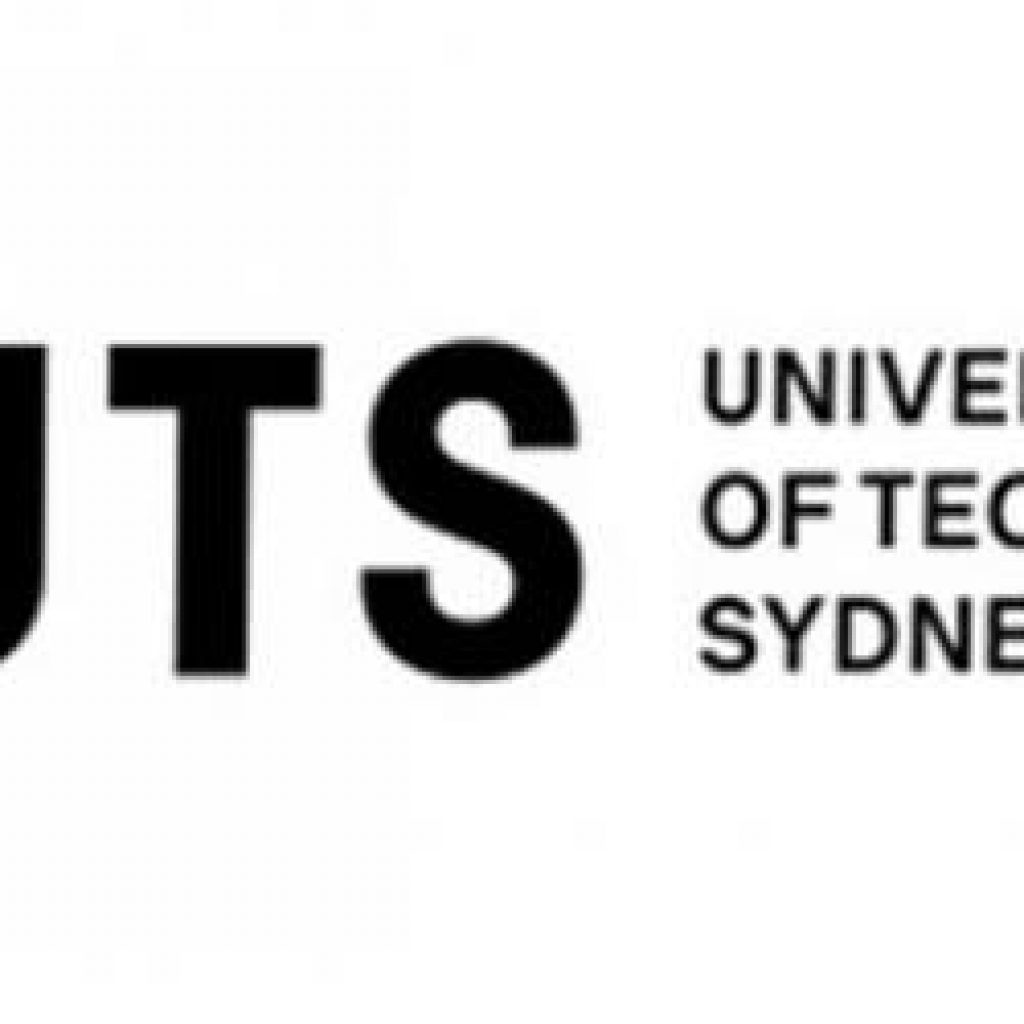Systems which can emit a stream of single photons, referred to as quantum light sources, are critical hardware components for emerging technologies such as quantum computing, the quantum internet, and quantum communications.
An international multidisciplinary collaboration led by the University of Technology Sydney (UTS), has uncovered the chemical structure behind defects in white graphene (hexagonal boron nitride, hBN), a two dimensional nanomaterial that shows great promise as a platform for generating quantum light.
The defects, or crystal imperfections, can act as single photon sources and an understanding of their chemical structure is critical to being able to fabricate them in a controlled way.
The scientists also identified another intriguing feature in their study, that the defects carry spin, a fundamental quantum mechanical property, and a key element to encode and retrieve quantum information stored on single photons. “Confirming these defects carry spin opens up exciting possibilities for future quantum sensing applications, specifically with atomically thin materials.” Professor Aharonovich said.
The work brings to the forefront a novel research field, 2-D quantum spintronics, and lays the groundwork for further studies into quantum light emission from hBN.
